During the mid-to-late 1800s, New York’s population boom led to the rise of tenement housing in lower Manhattan. Low-rise buildings with multiple apartments typically had three rooms and were narrow. New immigrants in New York City often chose tenement housing because rents were low. The average apartment for a family of 10 was 325 square feet (30 square meters). Typical buildings occupied 90% of a standard 25-by-100-foot lot, with windows and ventilation only in the front and back.
In 1870, Danish emigrant Jacob Riis settled in New York City. He became famous for his pictures depicting the squalid lives of immigrants in New York. He documented the terrible living conditions of tenements. His photographs paved the path for reforms that offered some hope to the booming city’s poorest residents.
Tenements were originally large buildings with multiple small spaces for rent in the United States. As cities grew in the nineteenth Century, rich and poor became increasingly separated. A growing urban population and immigration led to overcrowded tenements with poor sanitation. Tenement houses were initially subdivisions of large houses to provide cheap rental accommodation. In the 1850s and 1860s, purpose-built tenements of up to six stories housed several households on each floor.
The railway flats were built as early as the 1830s in New York City’s Lower East Side or as early as the 1820s on Mott Street, where three- and four-story buildings were connected like cars on a train and had windowless interiors. These buildings were also known as rookeries and were particularly susceptible to collapse and fire. Mulberry Bend and Five Points were the sites of notorious rookeries that the city worked to eradicate for decades. Water taps and water closets (either privies or water closets that opened into vaults that often clogged) were squeezed into the small spaces between buildings in both rookeries and purpose-built tenements. Buildings on the Lower East Side were older and had courtyards occupied by machine shops, stables, and other businesses. In 1865, a report stated that 500,000 people lived in unhealthy tenements in New York. Many immigrants contributed to New York’s high tenement density, as did its grid-plan streets and the economic practice of building on individual 25-by-100-foot lots. Until 1867, tenements occupied 90 percent of the lot, were five or six stories high, and had 18 rooms per floor, of which only two received direct sunlight. There were often privies in yards that were only a few feet wide. Rooms in the interior were not ventilated. The Croton Aqueduct brought running water to wealthier New Yorkers, so many poor people were forced to live in cellars. The reduction in good use caused the water table to rise, flooding the cellar dwellings.
From 1859 onwards, tenements were constructed in place of cellars, and the number of cellar dwellers began to decline. In 1866, the state legislature passed its first comprehensive housing law, prohibiting cellar apartments with ceilings higher than 1 foot. It also required one water closet per 20 residents, fire escapes, and a reasonable space between buildings. By 1879, the Tenement House Act, known as the Old Law, required that a building cover no more than 65 percent of a lot. The term “tenement house” was redefined in New York State law in 1869 as “any house or building, or portion thereof, rented, leased, let, or hired out, to be occupied, or occupied by three or more families who live independently of each other and cook their meals on the premises, or by more than two families living on any floor, cooking and living on the premises, but having a right to the hallways, stairs, yard, water closet or privy, or some of them.” The New York State Assembly Tenement House Committee report of 1894 surveyed 8,000 buildings with approximately 255,000 residents and found that New York was the most densely populated city in the world, with an average population density of 143 people per acre. Part of the Lower East Side has 800 residents per acre, denser than Bombay. It was the first official use of photographs and charts to assess living conditions. Most purpose-built tenements in New York were not slums, although they were uncomfortable to live in, especially in the summer. Hence, people congregated outside, made heavy use of the fire escapes, and slept on fire escapes, roofs, and sidewalks.


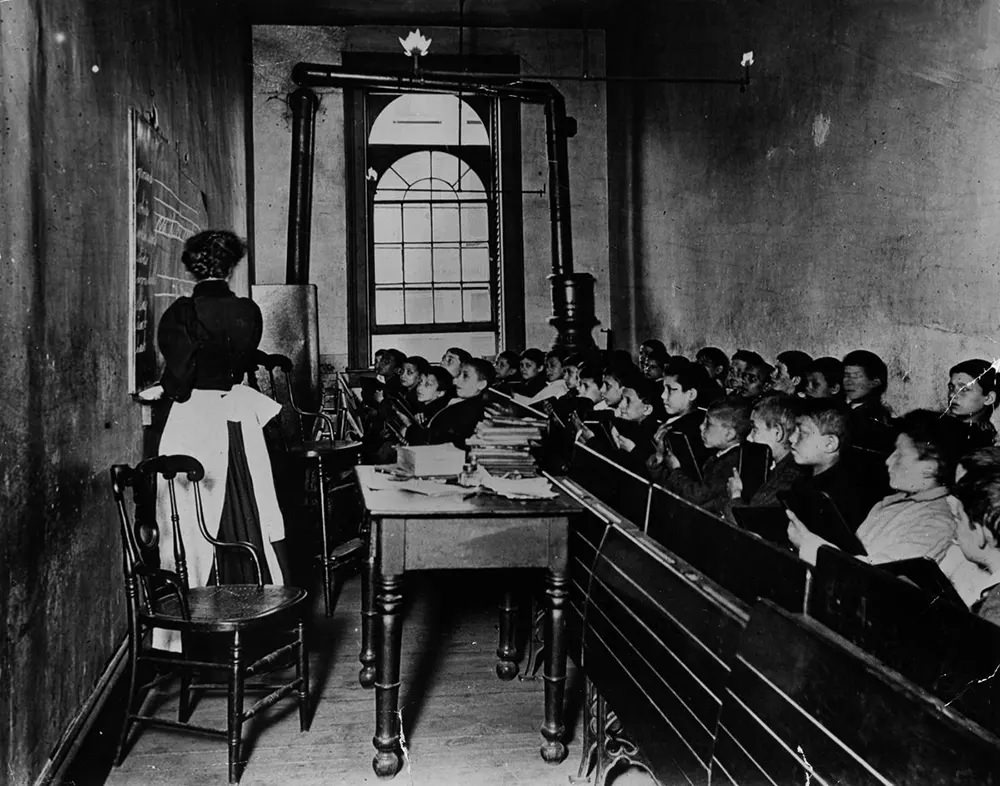
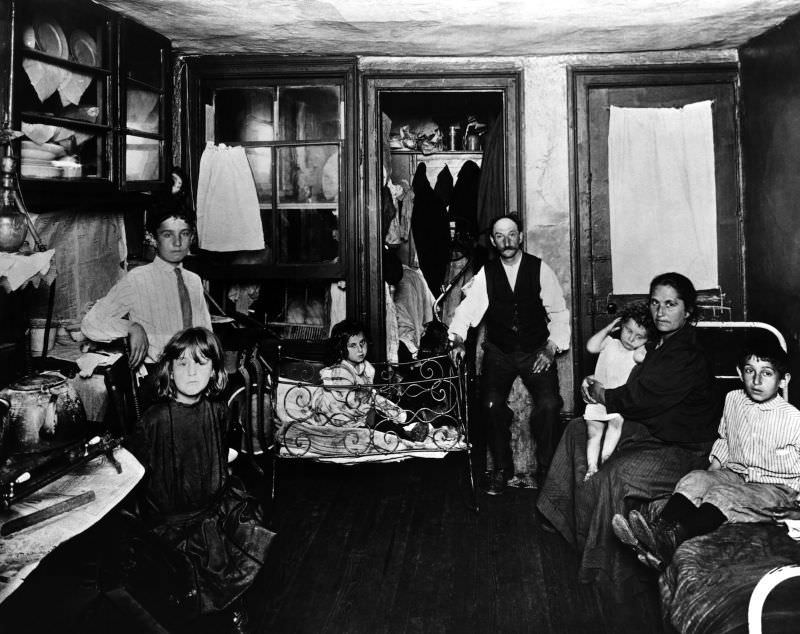
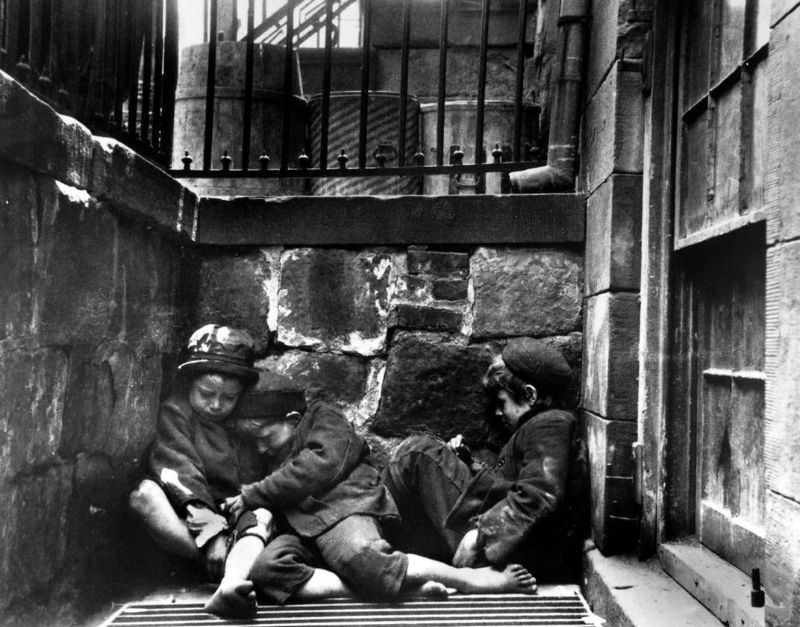
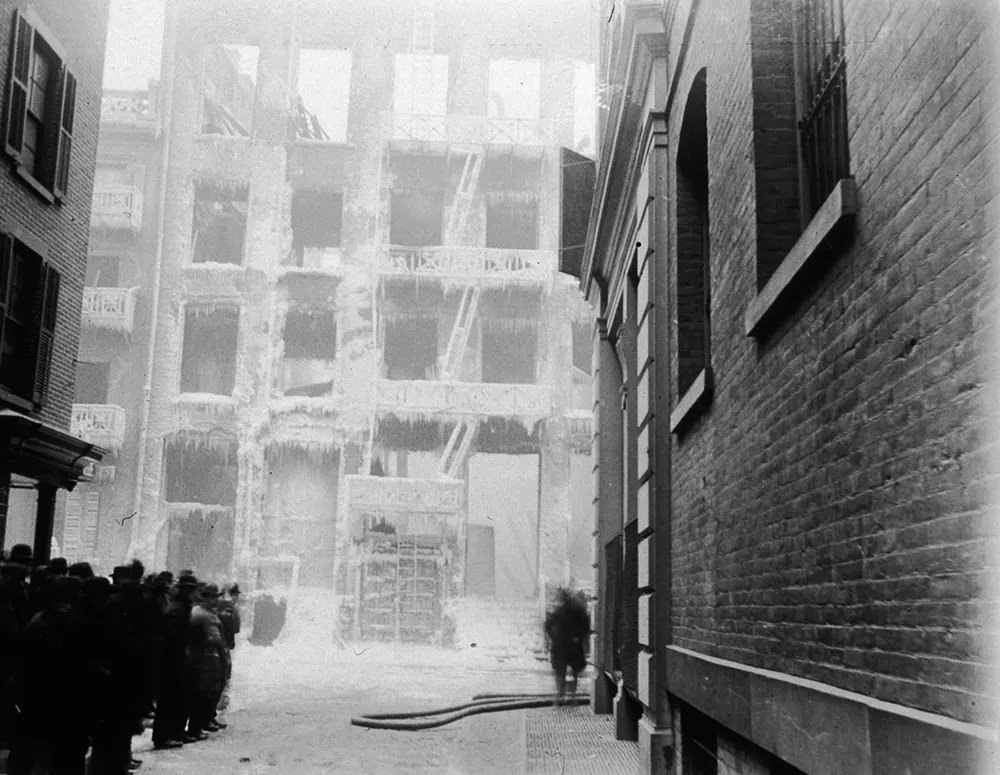
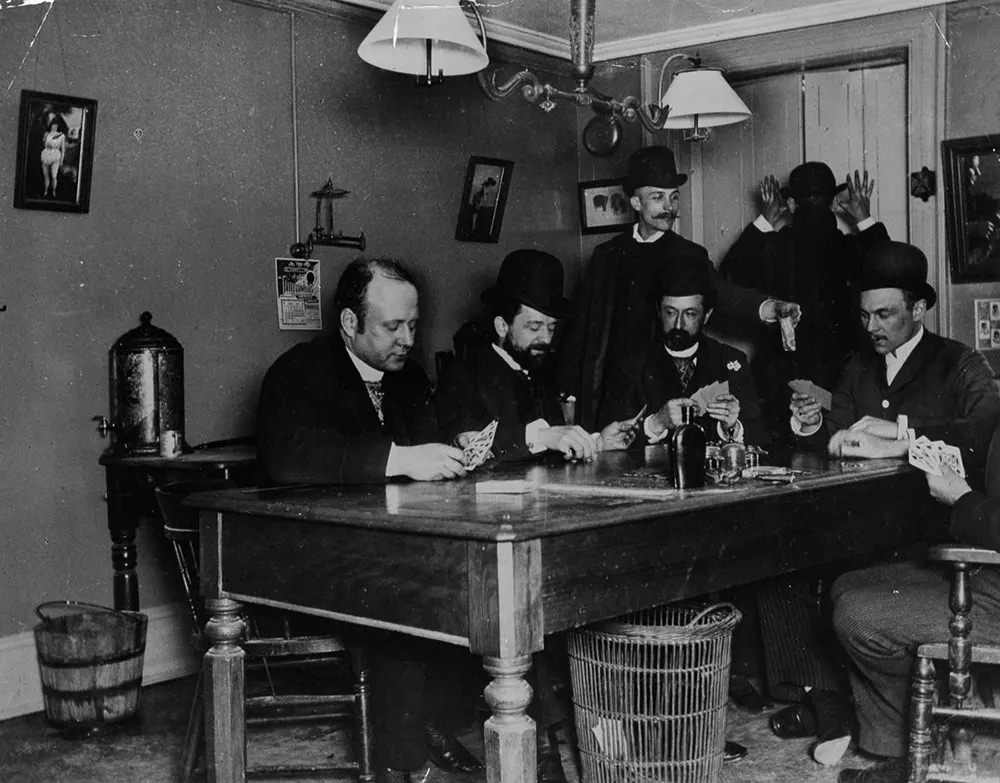
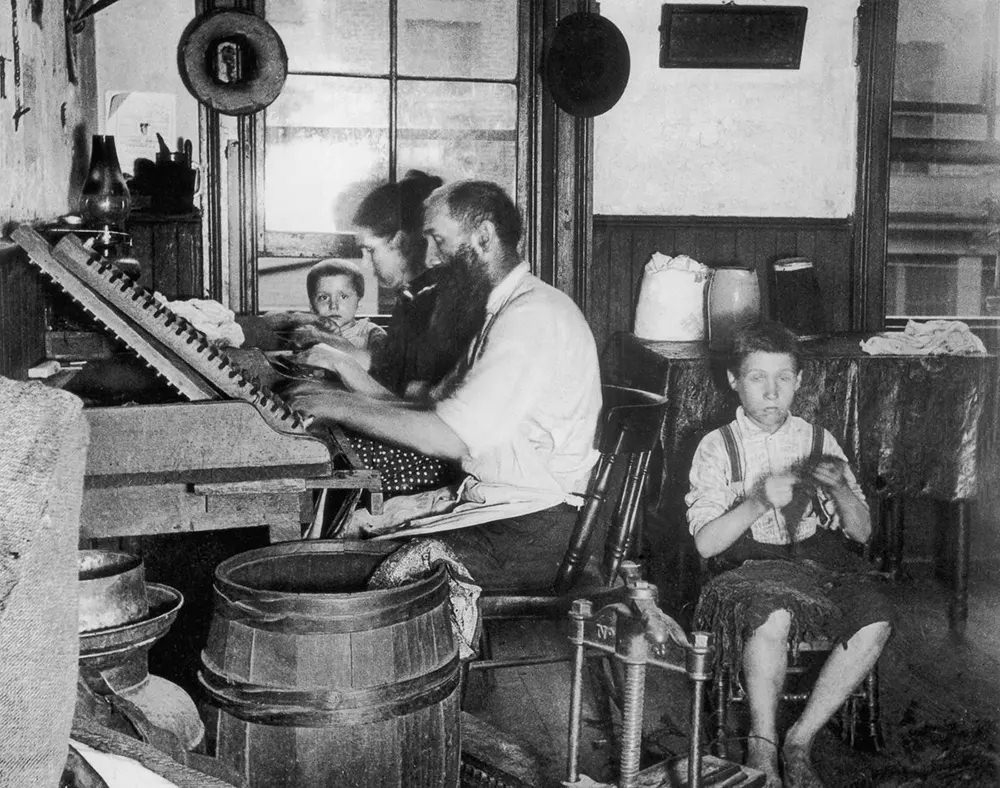
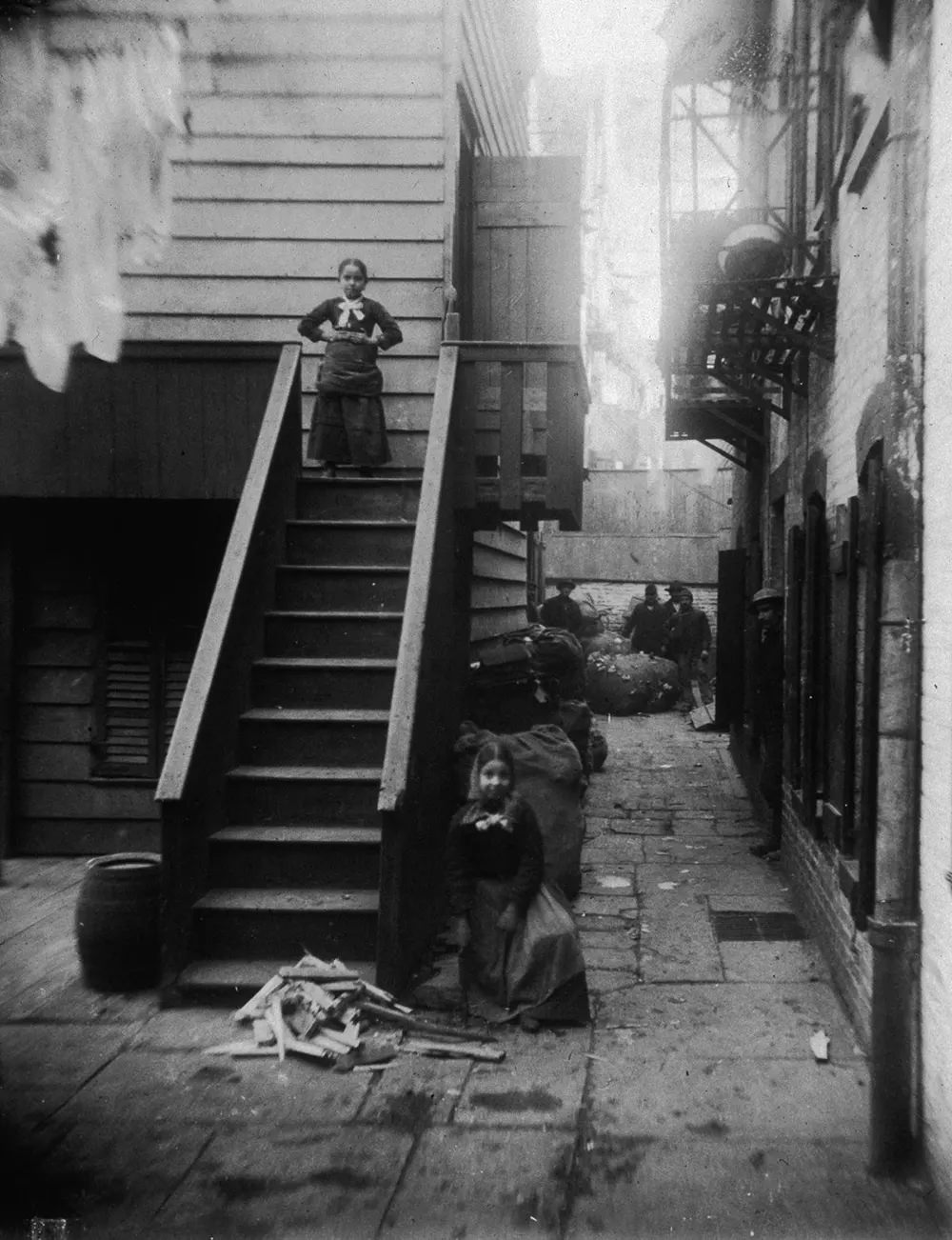
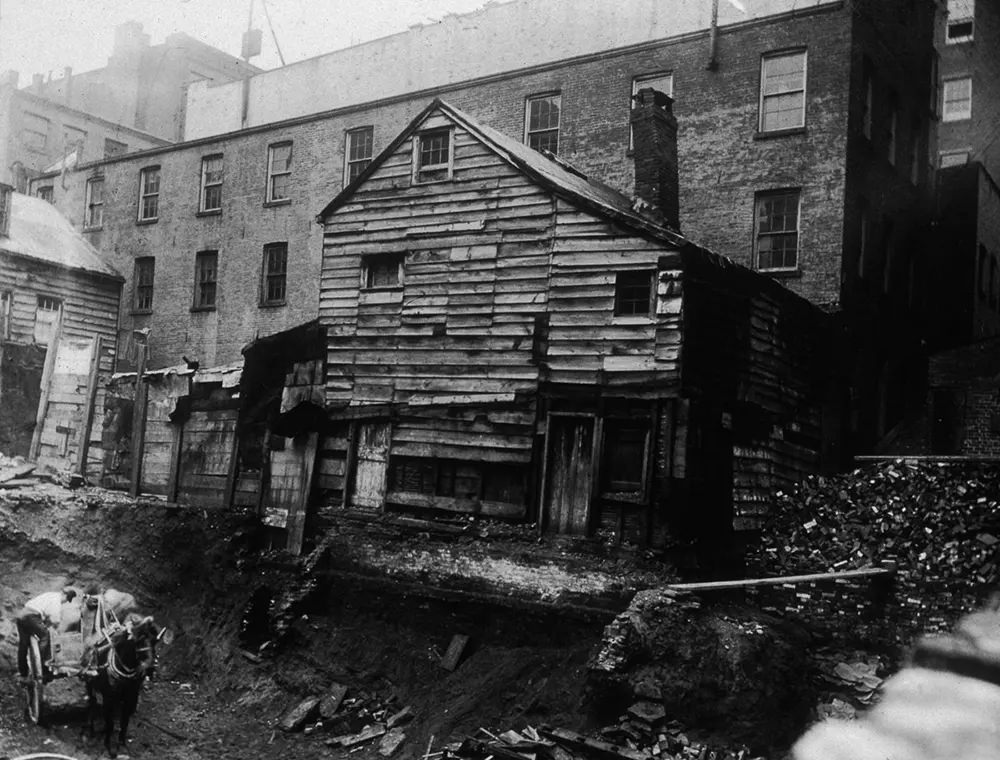
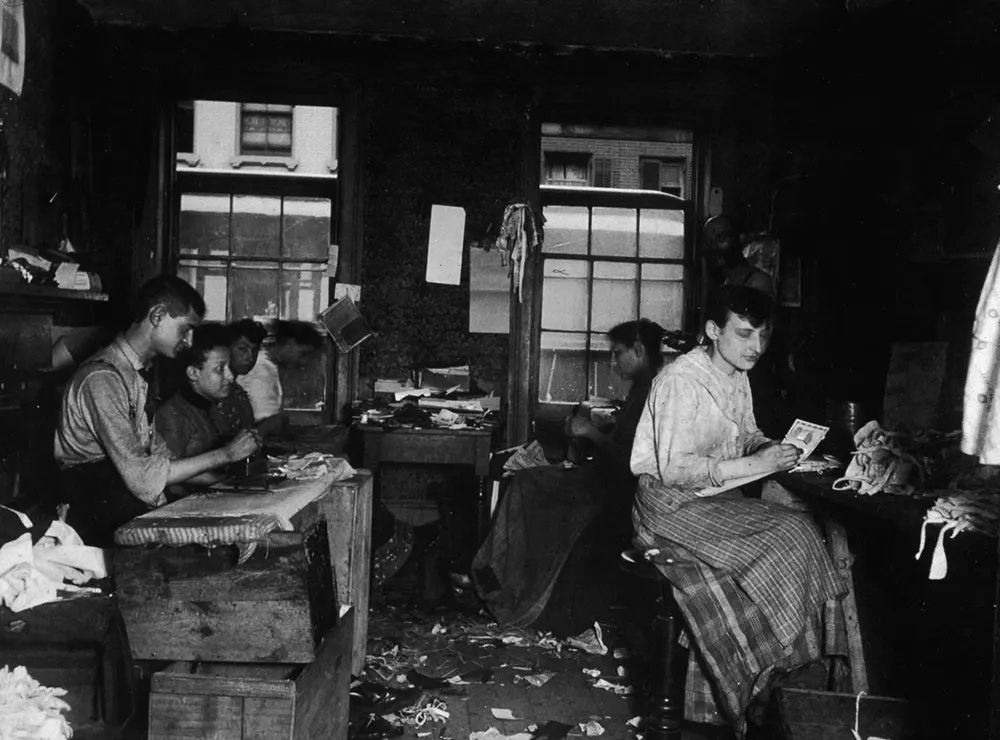
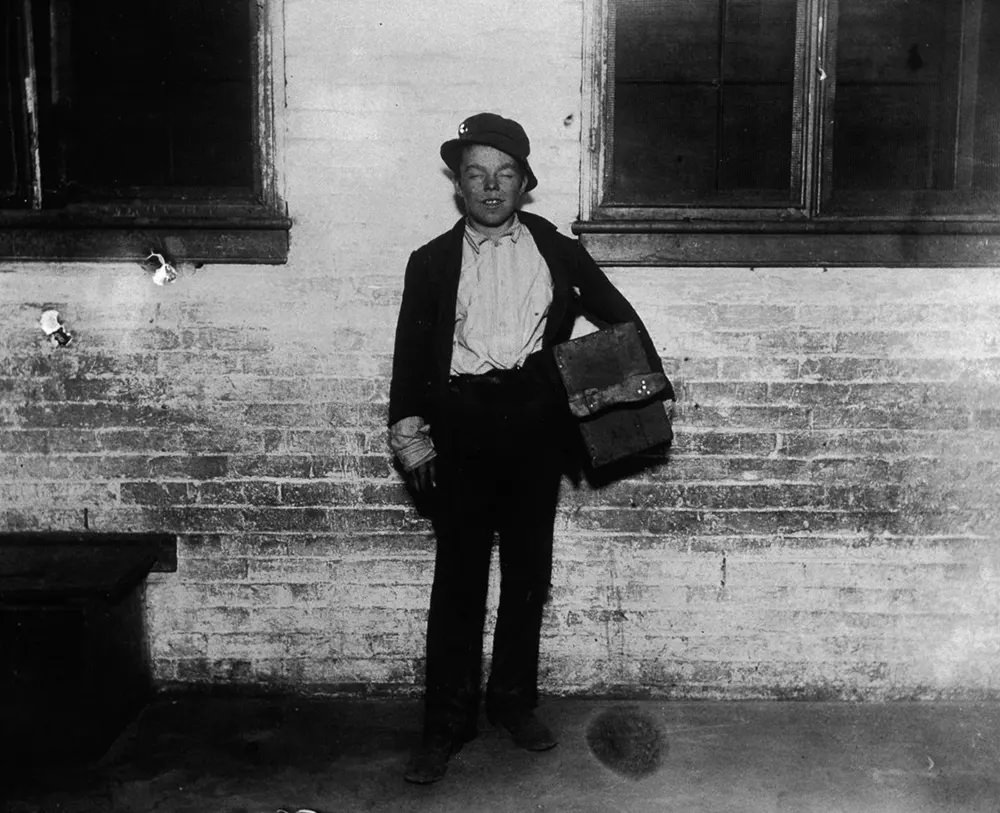
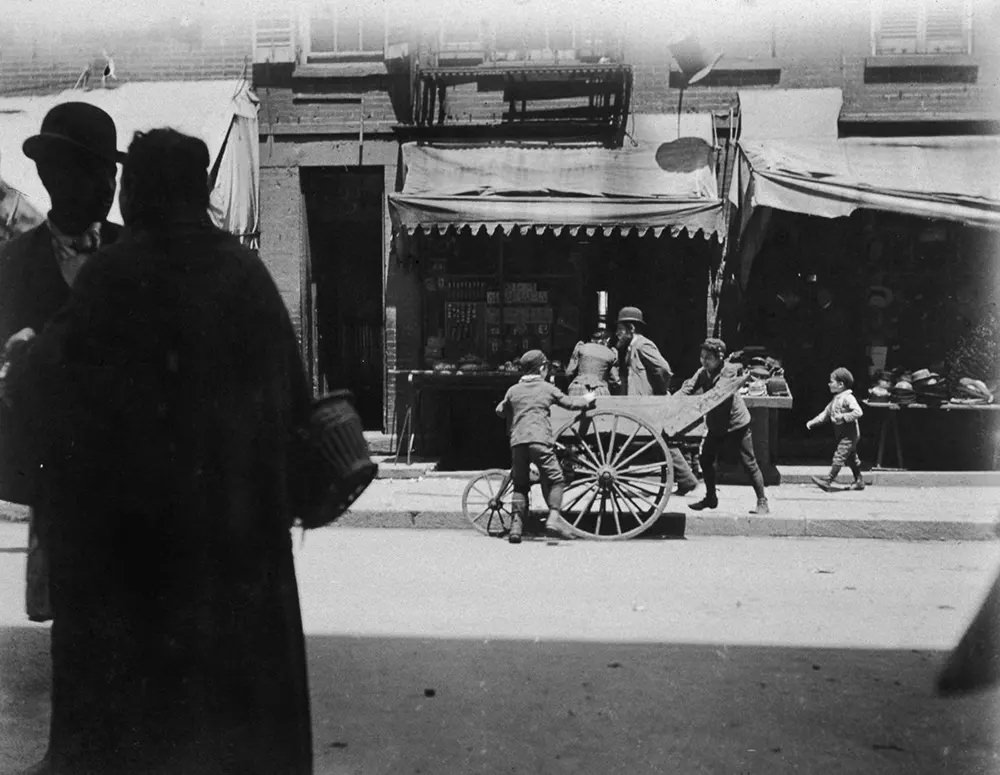
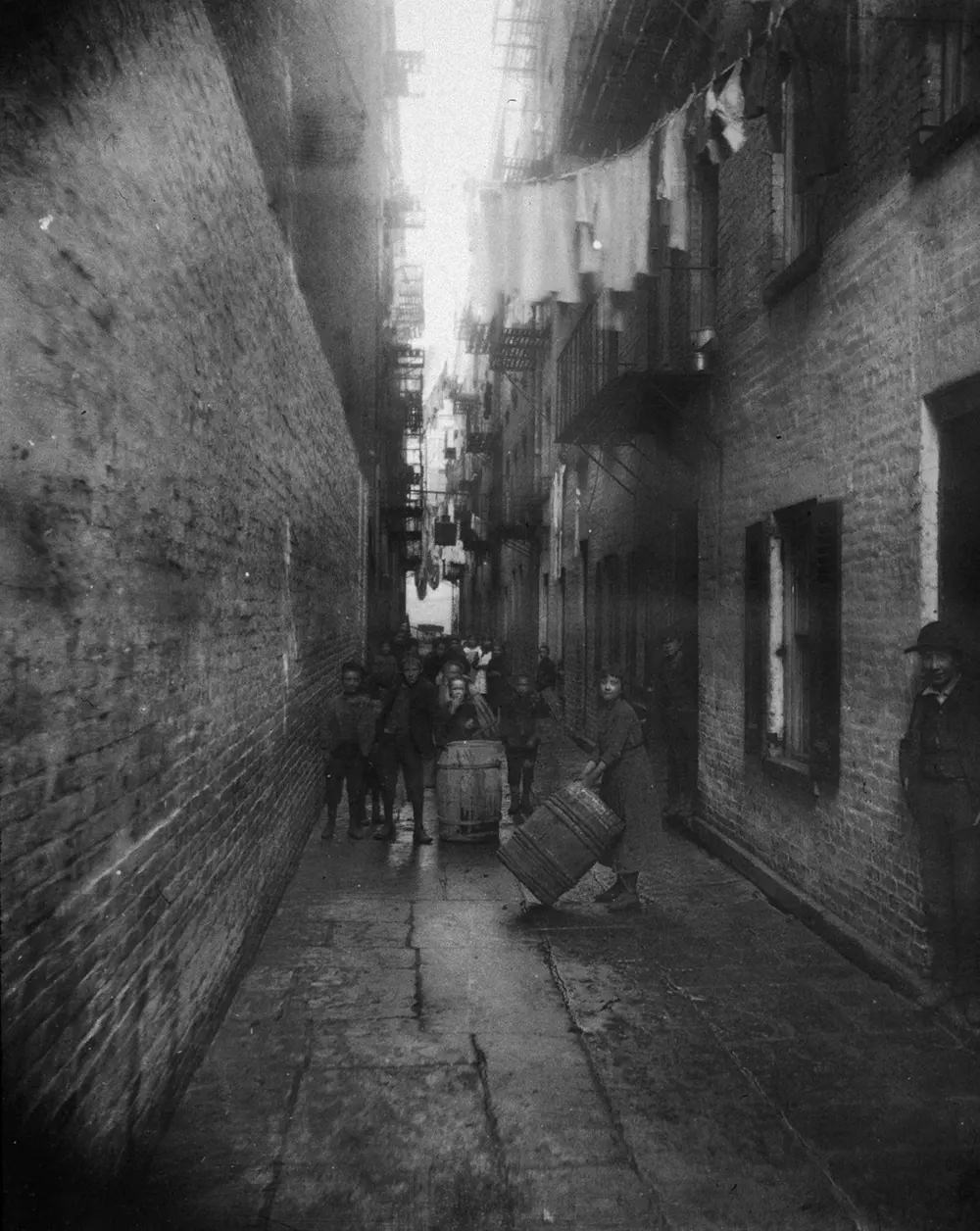
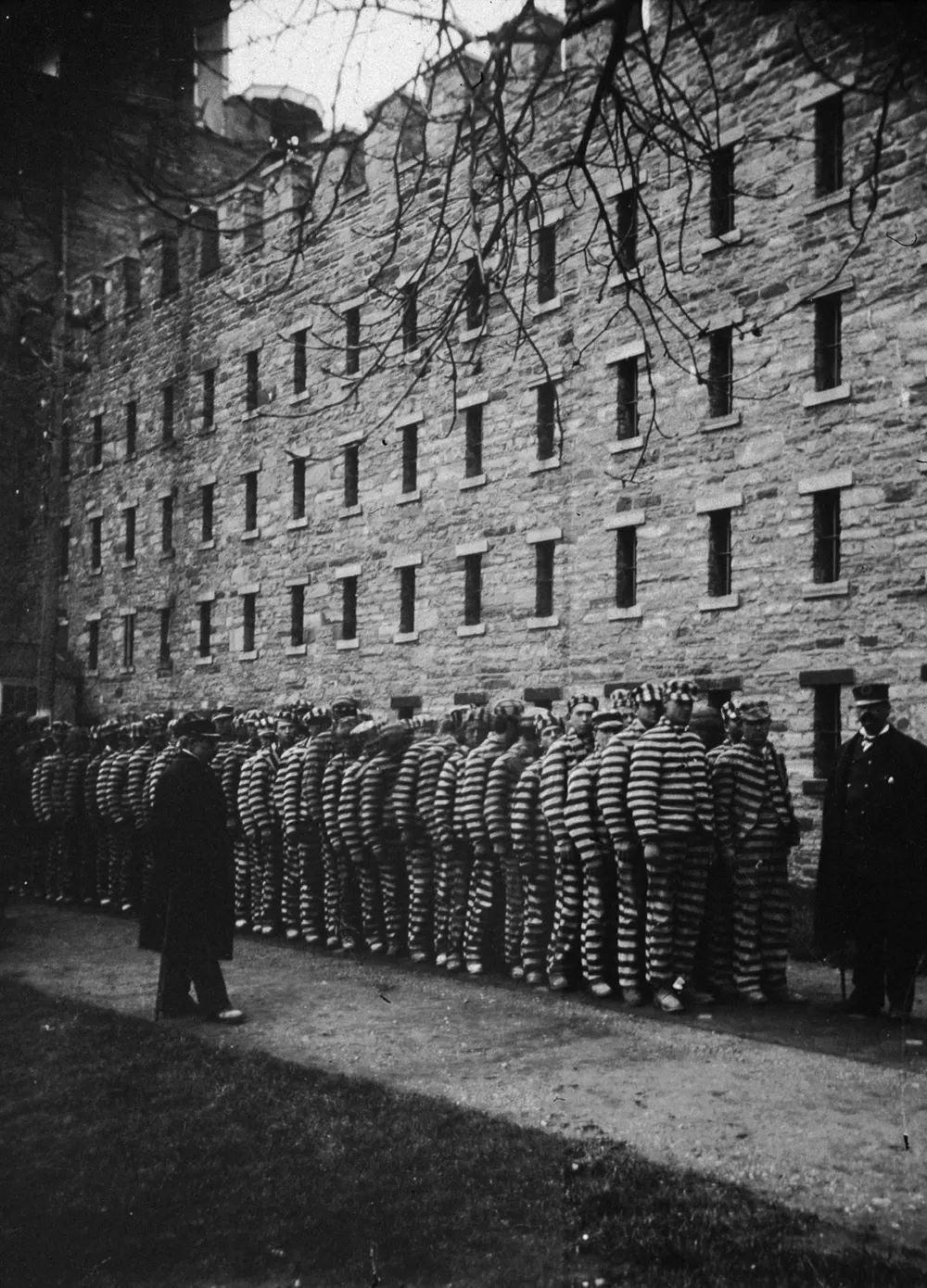
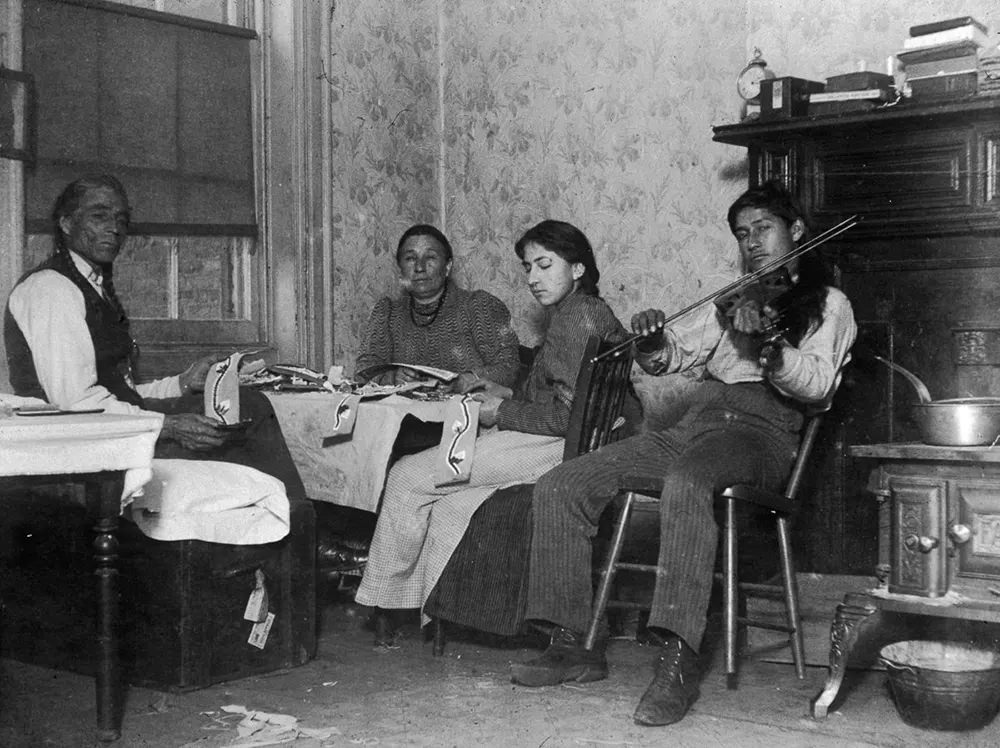
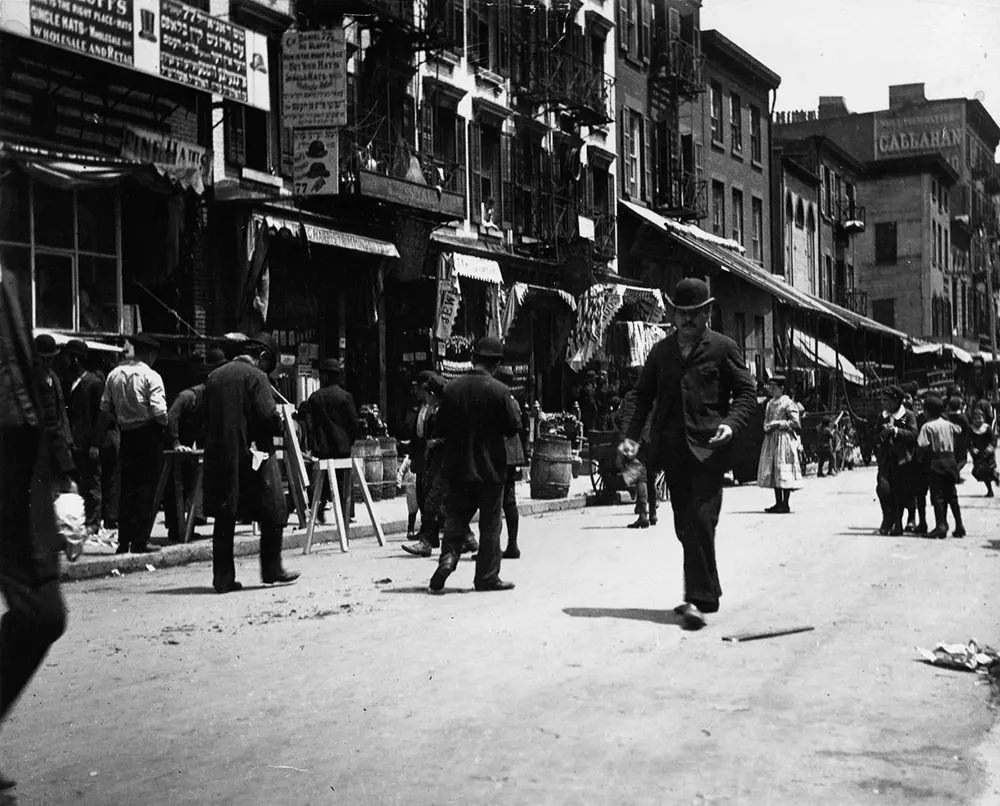
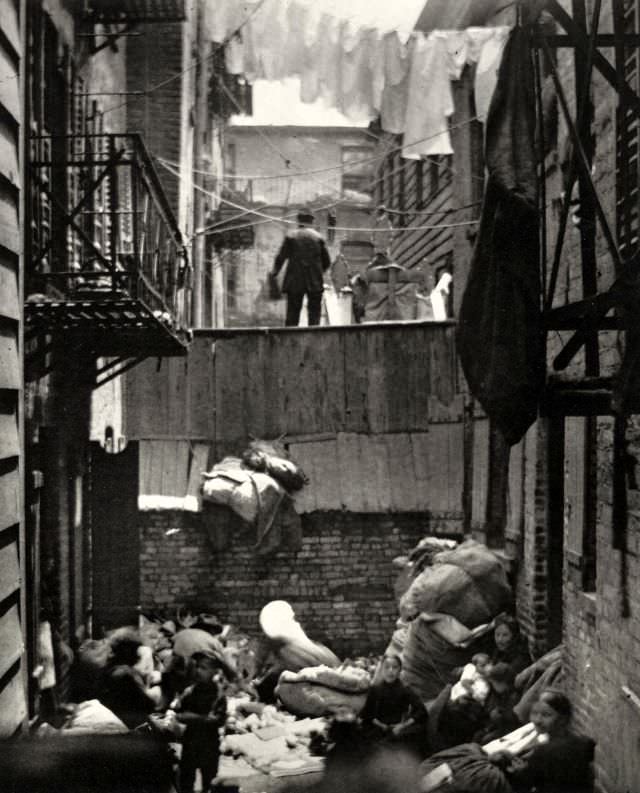
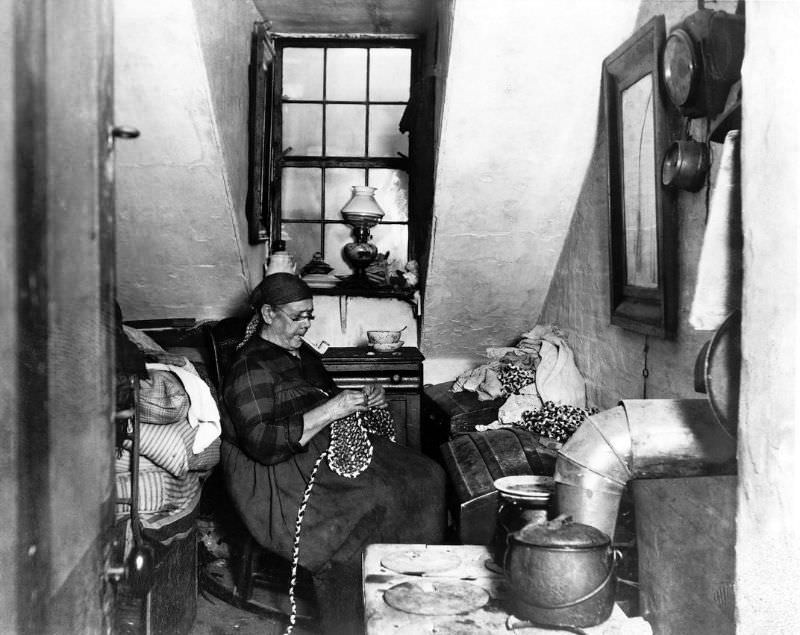
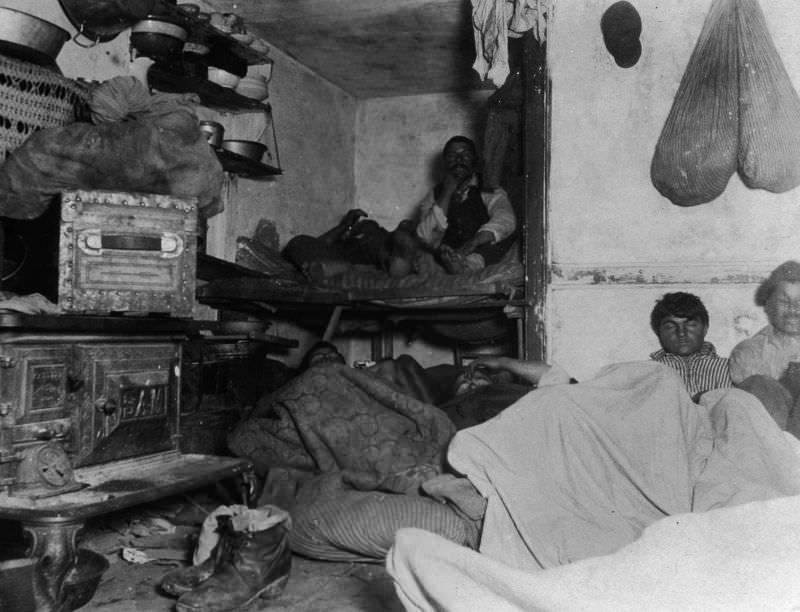
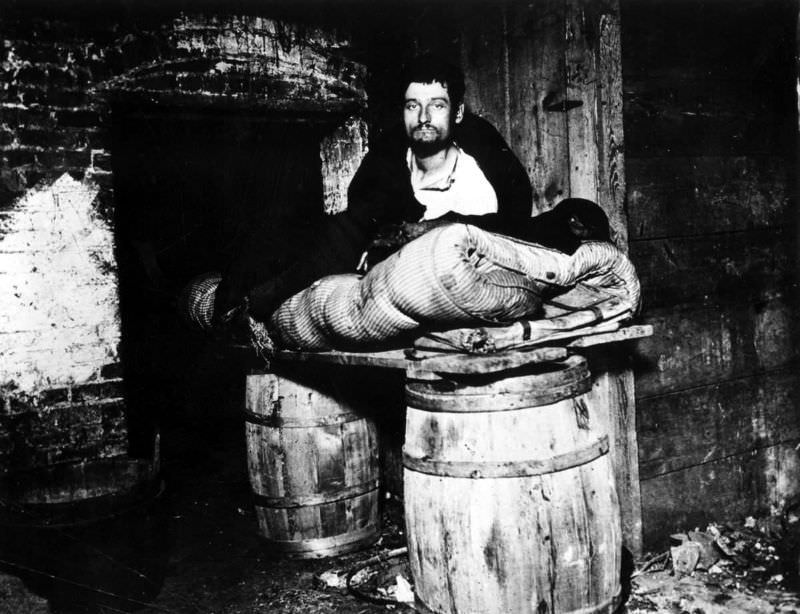
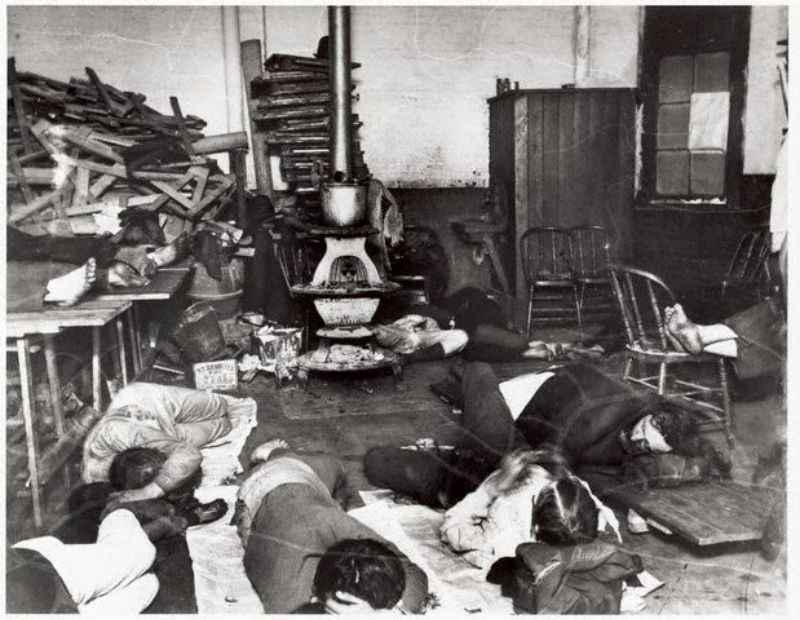
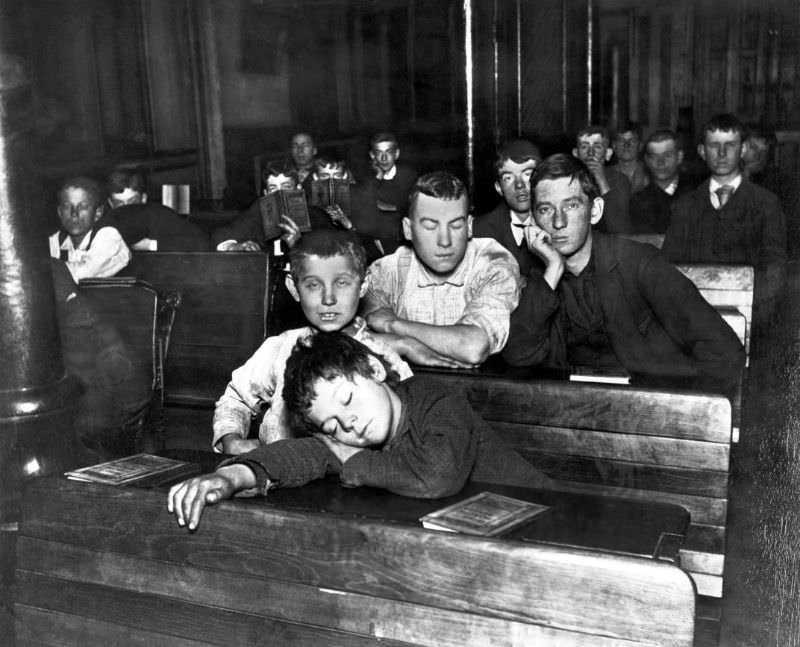
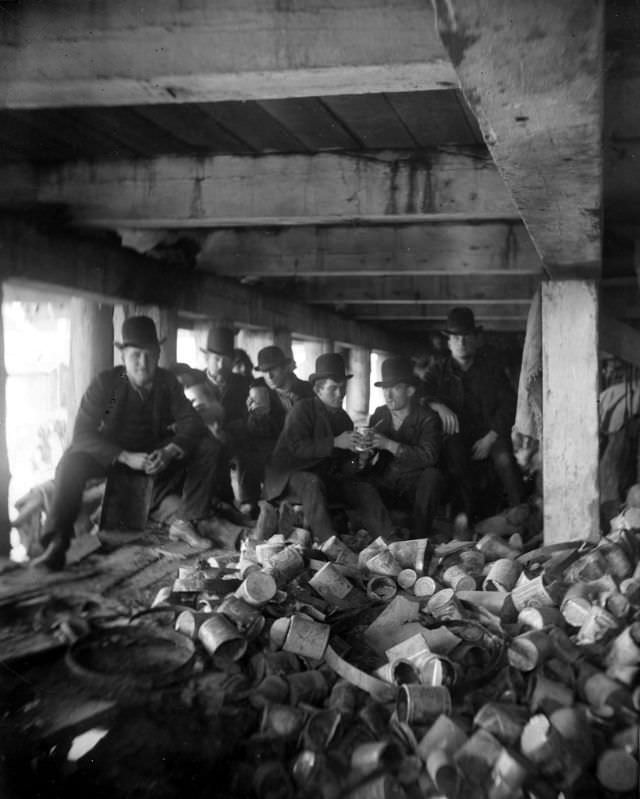
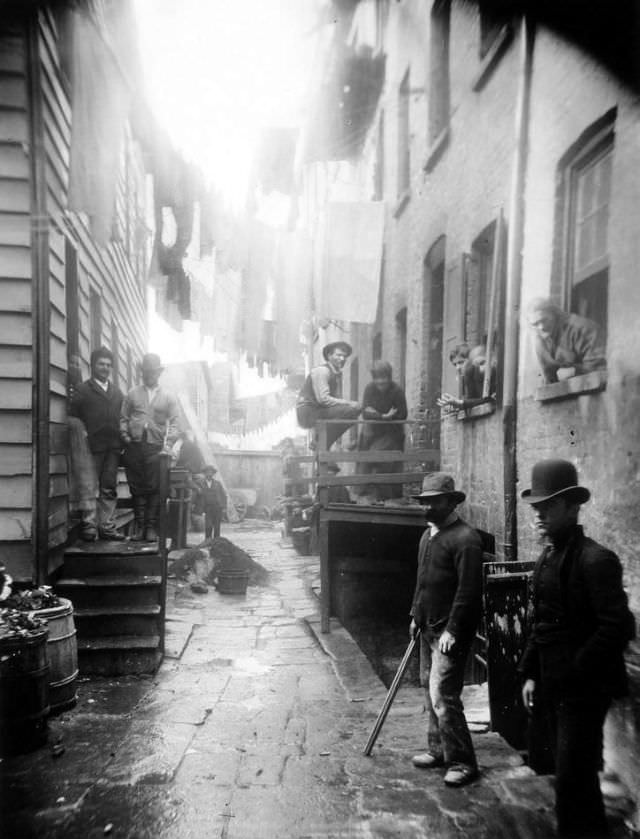
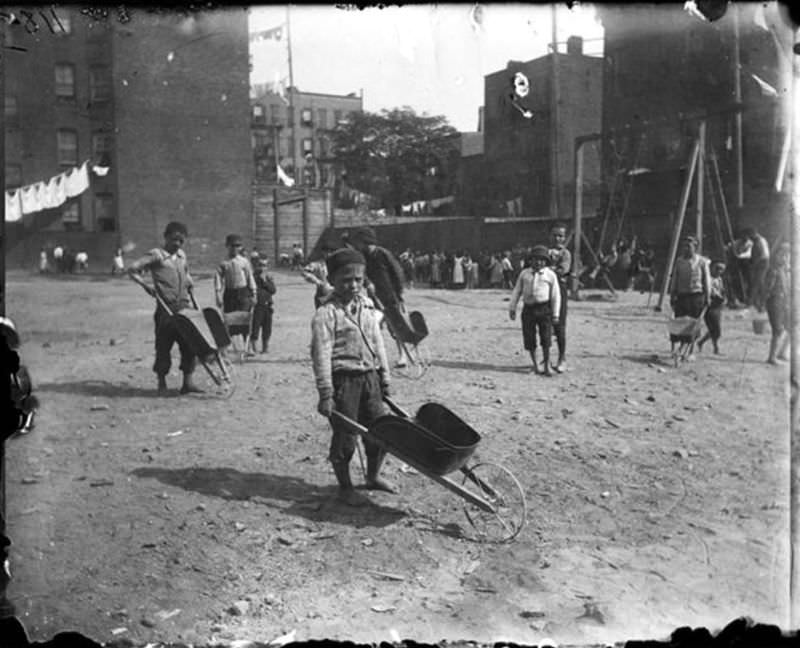
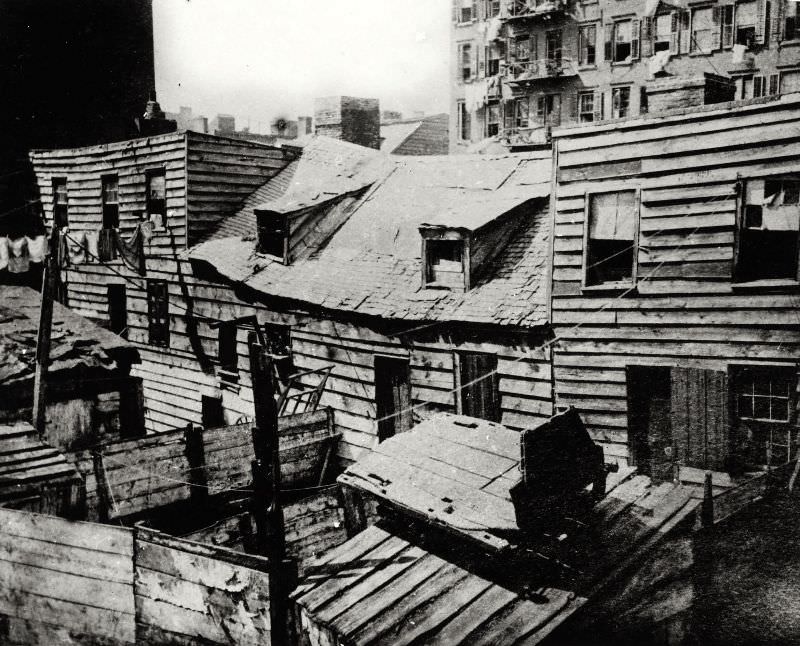
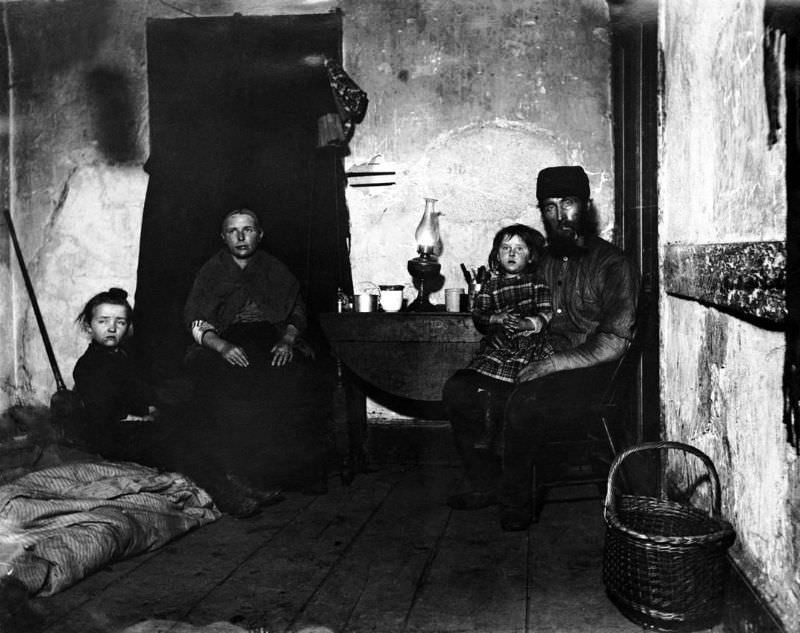
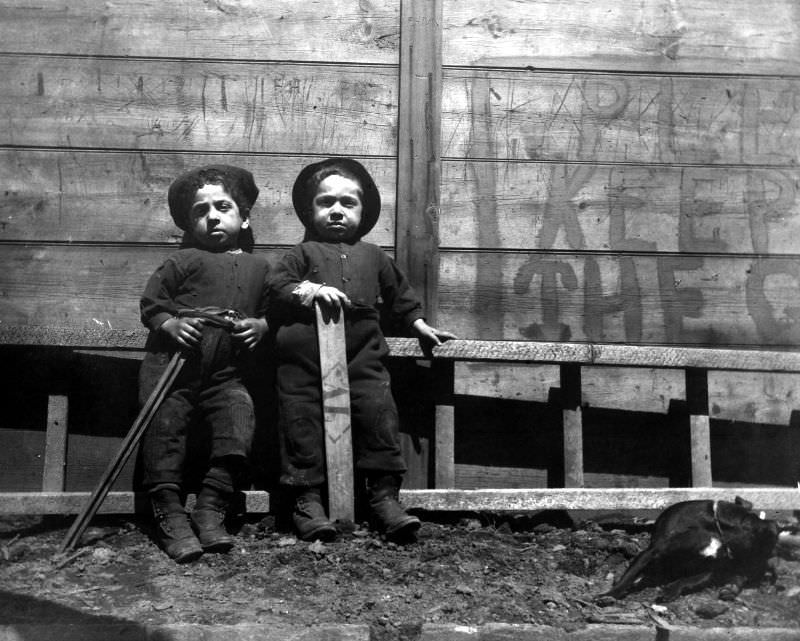
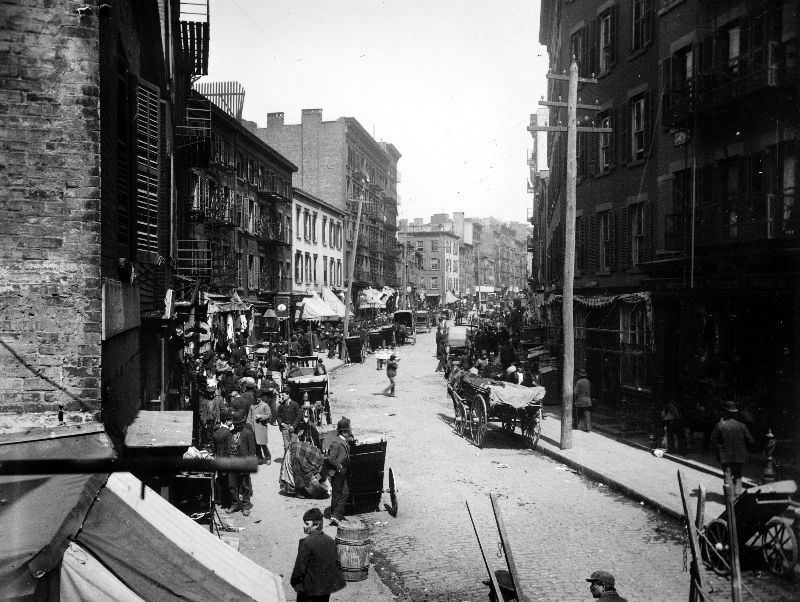
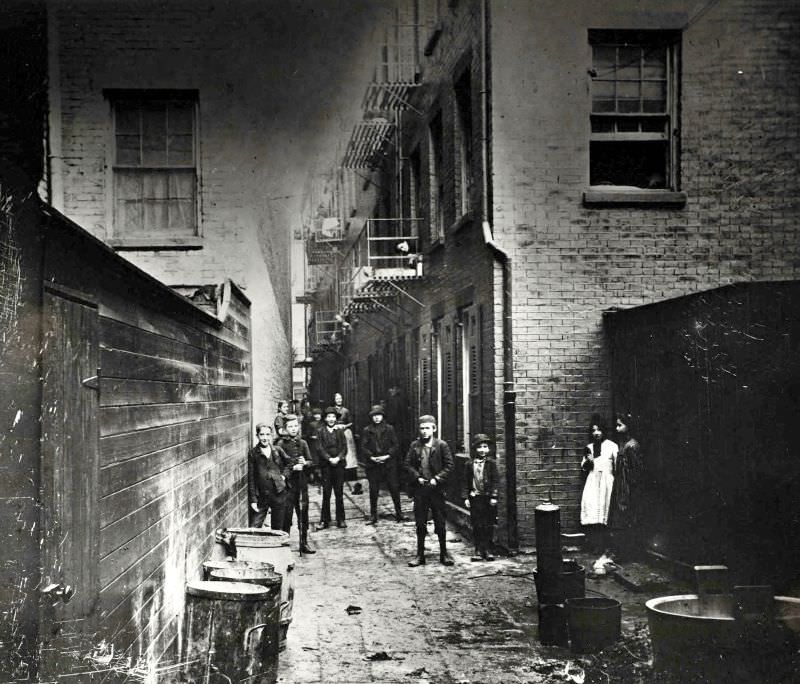
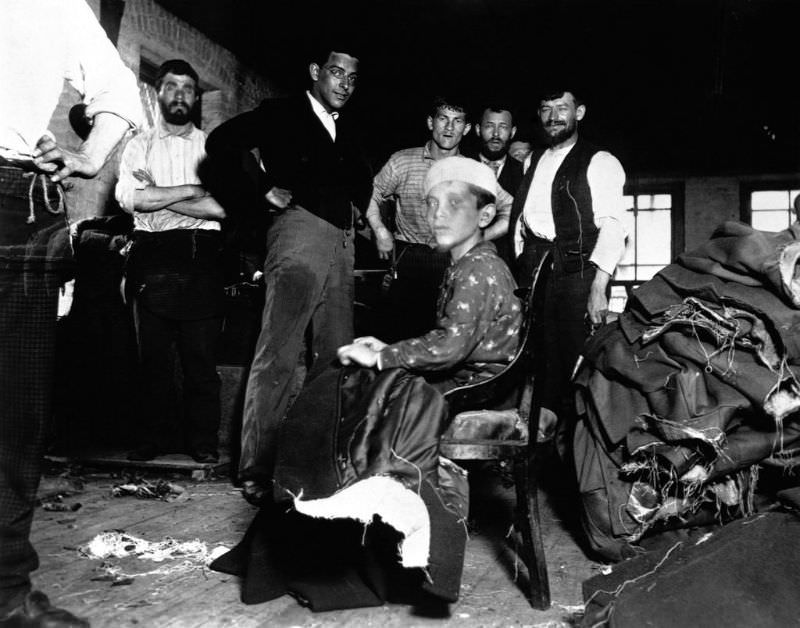
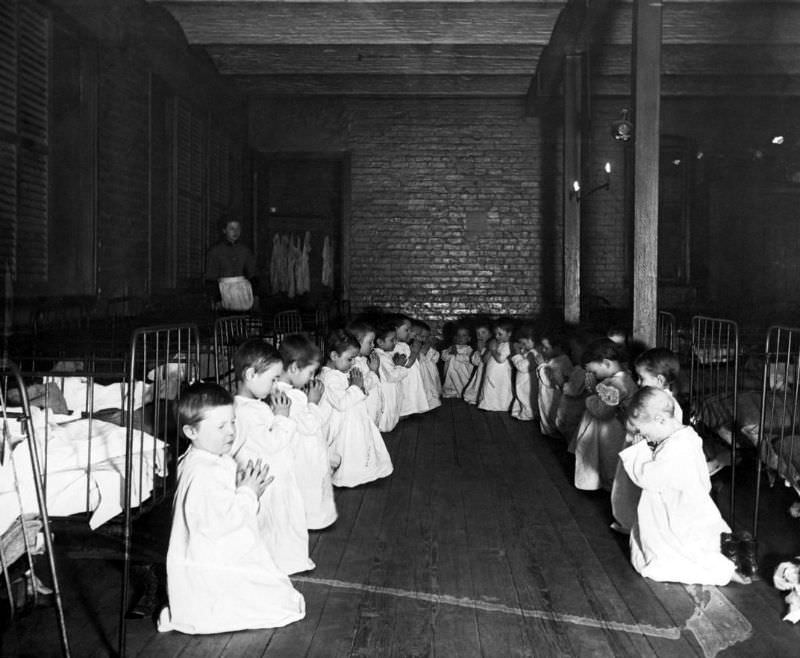
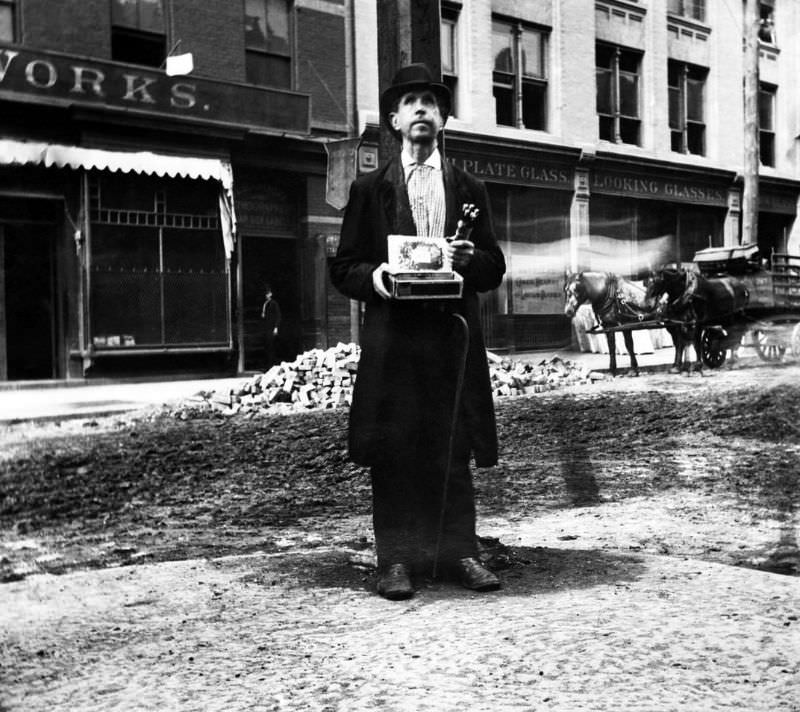
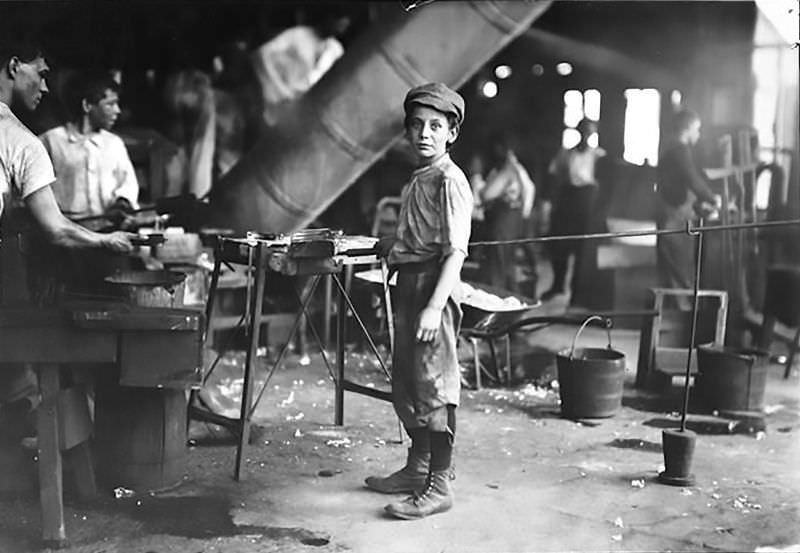
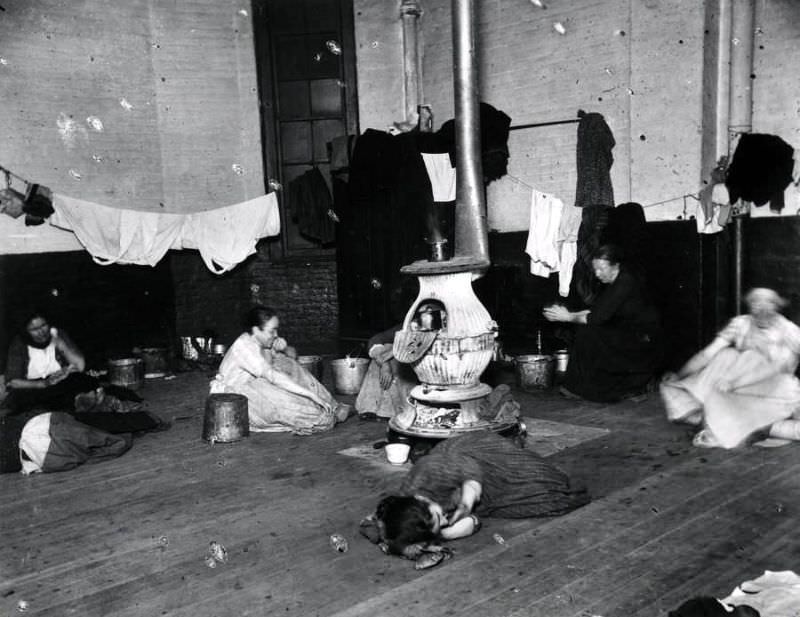
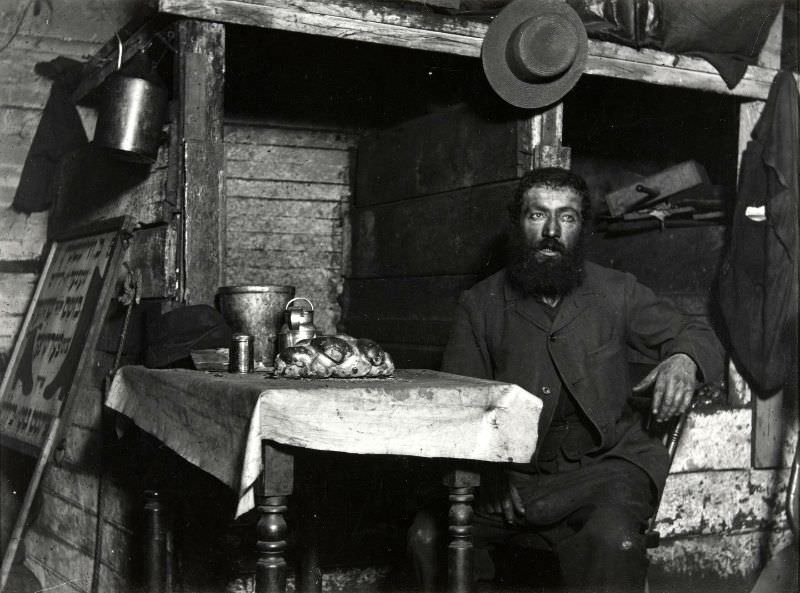
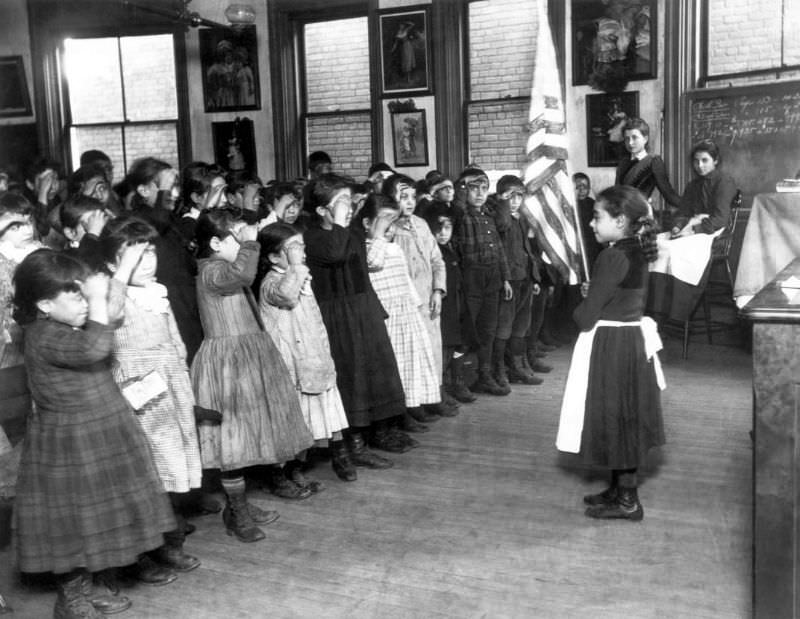
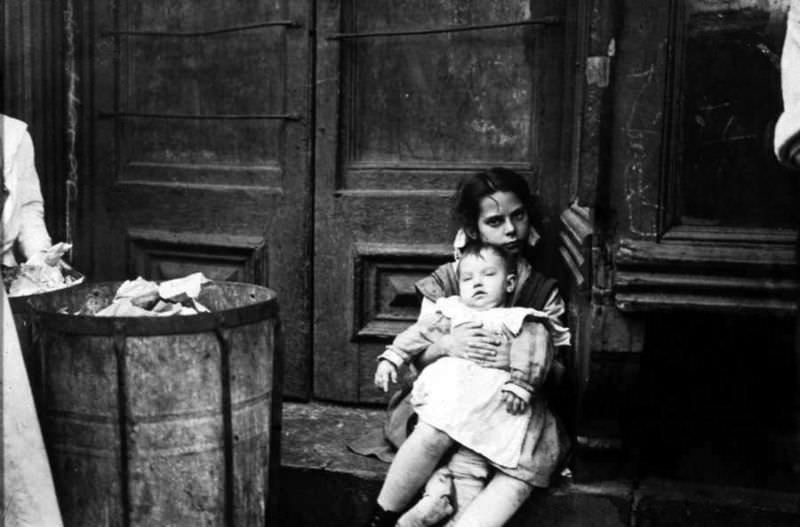
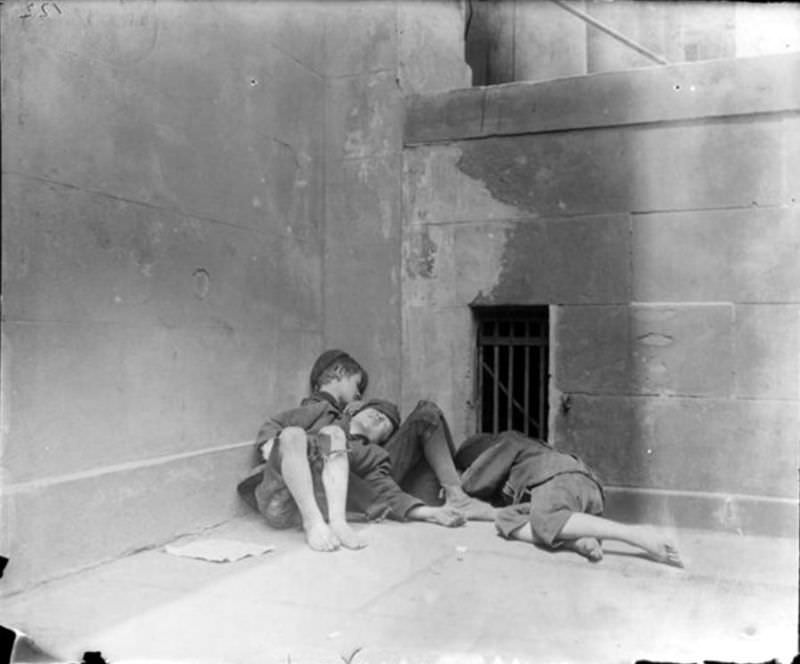
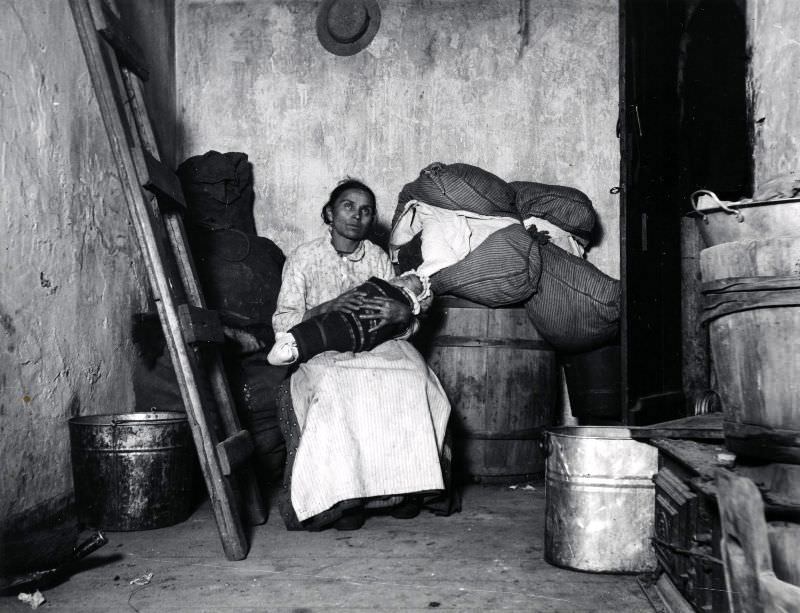
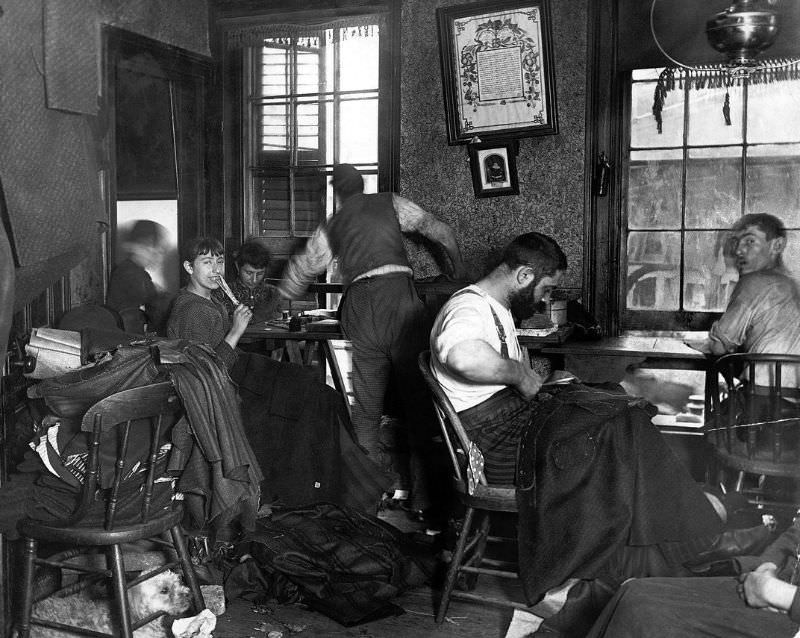
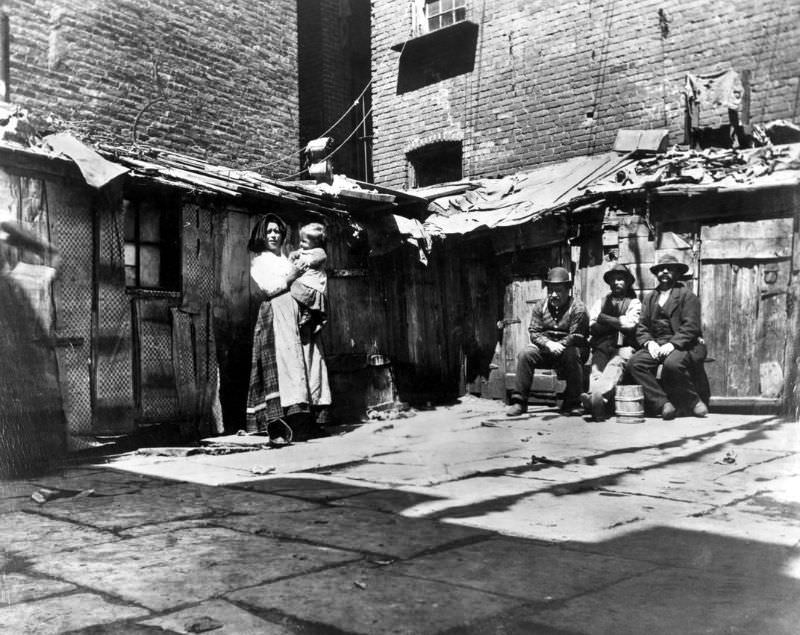
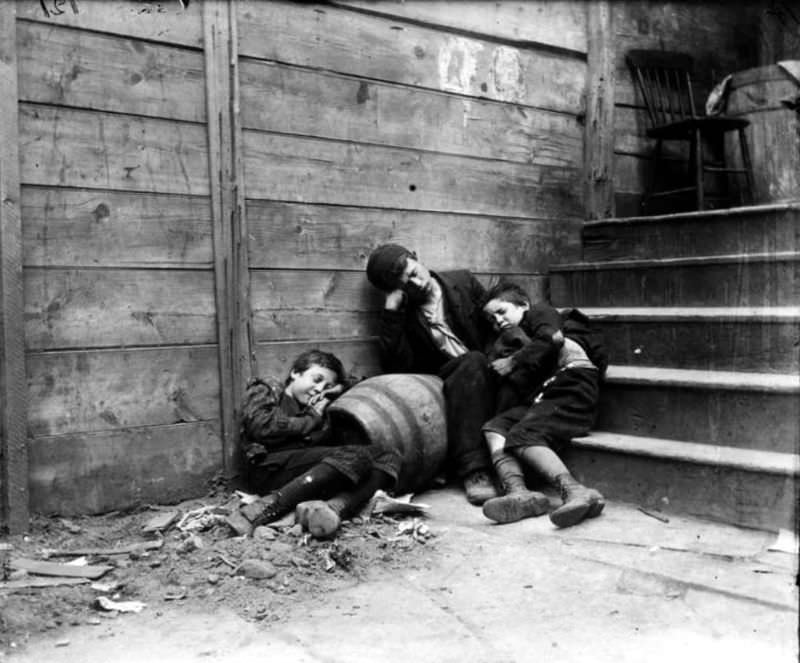
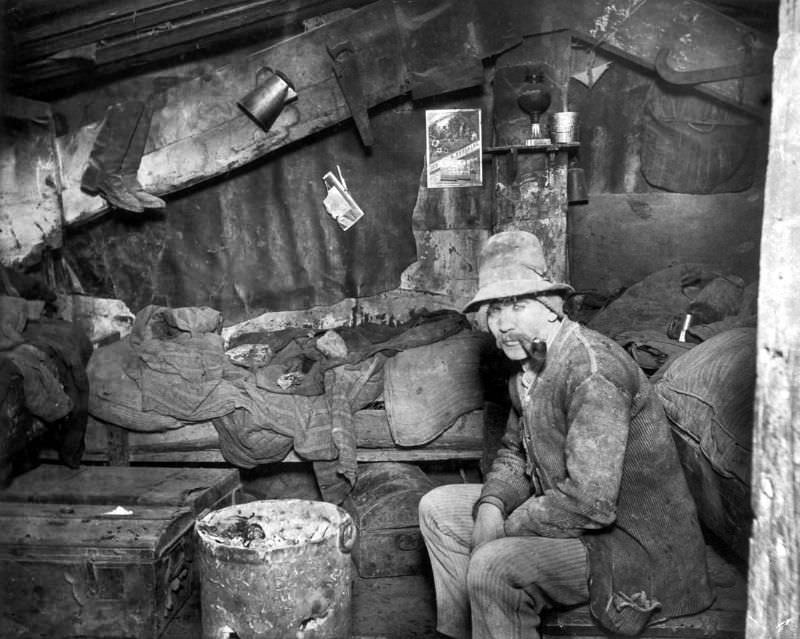
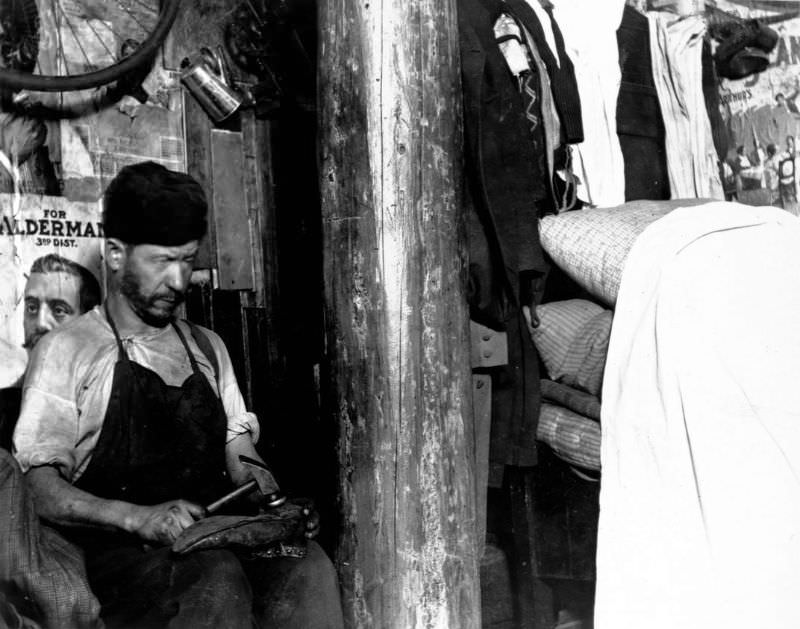

GIPHY App Key not set. Please check settings